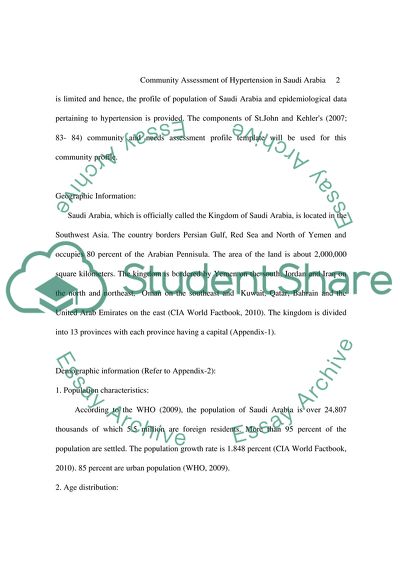Cite this document
(Kingdom of Saudi Arabia Relation to The Hypertension Research Paper, n.d.)
Kingdom of Saudi Arabia Relation to The Hypertension Research Paper. Retrieved from https://studentshare.org/health-sciences-medicine/1738459-kingdom-of-saudi-arabia-relation-to-the-hypertension
Kingdom of Saudi Arabia Relation to The Hypertension Research Paper. Retrieved from https://studentshare.org/health-sciences-medicine/1738459-kingdom-of-saudi-arabia-relation-to-the-hypertension
(Kingdom of Saudi Arabia Relation to The Hypertension Research Paper)
Kingdom of Saudi Arabia Relation to The Hypertension Research Paper. https://studentshare.org/health-sciences-medicine/1738459-kingdom-of-saudi-arabia-relation-to-the-hypertension.
Kingdom of Saudi Arabia Relation to The Hypertension Research Paper. https://studentshare.org/health-sciences-medicine/1738459-kingdom-of-saudi-arabia-relation-to-the-hypertension.
“Kingdom of Saudi Arabia Relation to The Hypertension Research Paper”, n.d. https://studentshare.org/health-sciences-medicine/1738459-kingdom-of-saudi-arabia-relation-to-the-hypertension.


